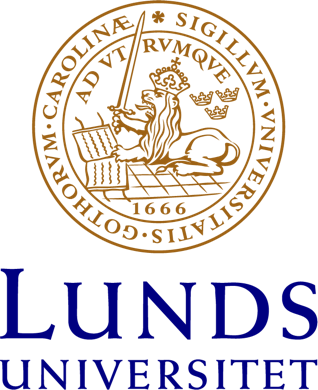Sensory feedback in upper limb prosthetics : advances and challenges
Advanced sensory feedback from upper limb prostheses would provide multiple benefits to people with upper limb amputations, but achieving functional and natural-feeling sensation is technologically challenging. Advances are being made with invasive and non-invasive stimulation approaches, but considerable challenges need to be addressed with technological innovation.
